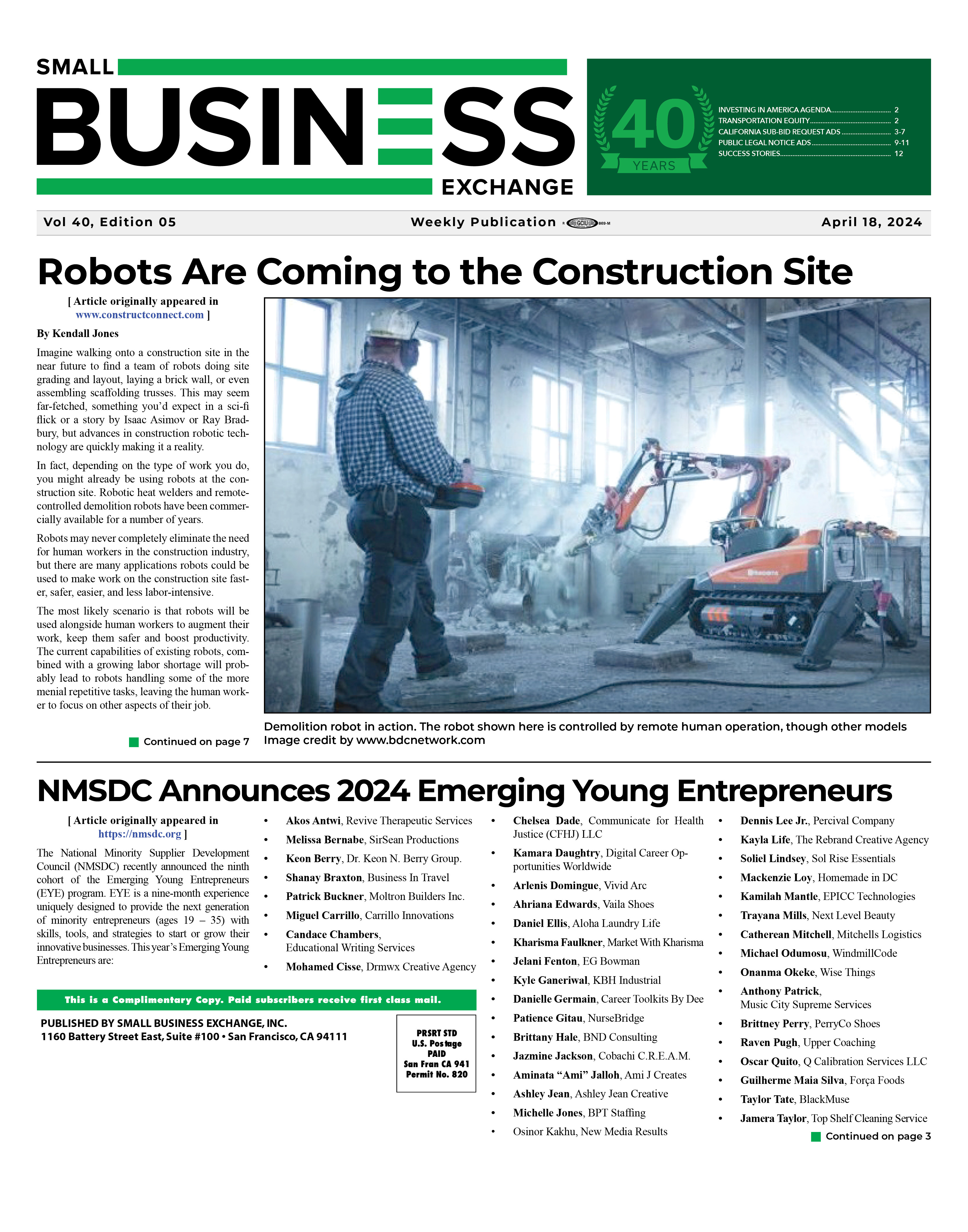|
|
Advantages of Hands-On (Experiential) STEM Learning
08/23/2021
IntroductionAs a parent, one of the best things you can do for your child is to give them a great education. That includes an integrated, practical education with the tools to go out and be successful in the world. And whether your kid is a baby Einstein or the next great American novelist, that includes a great STEM education. Here, we’re taking a closer look at what STEM learning is, why it’s great for kids to start learning STEM young, what parents can do to encourage STEM learning, and a few great resources for online STEM projects. What is STEM Learning?You probably know what STEM stands for: science, technology, engineering, and mathematics. The trick is that STEM is actually difficult to define. It depends on what you include under the STEM umbrella, which is important in forming your STEM methodology. One definition focuses on exposing students to real-world problems, “STEM education is an interdisciplinary approach to learning where rigorous academic concepts are coupled with real-world lessons as students apply science, technology, engineering, and mathematics in contexts that make connections between school, community, work, and the global enterprise enabling the development of STEM literacy and with the ability to compete in the new economy.” Another focuses on the links between STEM and other core subjects, “STEM refers to the areas of science, technology, engineering, and mathematics. STEM initiatives started as a way to promote education in these related areas so that students would be prepared to study STEM fields in college and pursue STEM-related careers. Schools with a strong emphasis on STEM education often integrate science, technology, engineering, and mathematics into the entire curriculum.” This is the methodology behind alternate STEM acronyms like STREAM (science, technology, research, engineering, arts, and mathematics), which views STEM as part of a holistic liberal arts education in a group of related content areas. Beginnings of STEMAccording to the U.S. STEM Foundation, STEM as we know it today began in the 1990s, when the National Science Foundation recognized science and mathematics as the enablers of applied disciplines like engineering and technology, and as a consequence, the subjects should not be taught in isolation.
This drove a shift in the typical teacher-student classroom interaction. Unlike a stereotypical history classroom, where a teacher drones about their subject in isolation while students take notes, STEM education focused on problem-solving and experiential learning. Students are asked to actively engage with a problem and puzzle out a solution. Back To News |
|




